After a fantastic 2010 filled with Impressionist masters, it’s going to be hard to top that. But it looks like the de Young and Legion of Honor have plenty in store to keep art lovers happy this year.
The Fine Art Museums of San Francisco (FAMSF), comprised of the de Young and Legion of Honor, sent out an email last week detailing what’s in store for their museums in 2011. Here’s a rundown of the major exhibitions on the calendar; no real detail was given about the Magna Carta other than “Details to come: The Magna Carta at the Legion of Honor, Spring 2011”. Stay tuned!
DE YOUNG MUSEUM – 2011 MAJOR EXHIBITIONS

Olmec: Colossal Masterworks of Ancient Mexico | February 19–May 8, 2011
Considered the “mother culture” of Mesoamerica and recognized as America’s oldest civilization, the people known today as the Olmec developed an iconic and sophisticated artistic style as early as the second millennium BC. The Olmec are best known for the creation of colossal heads carved from giant boulders that have fascinated the public and archaeologists alike since they were discovered in the mid-19th century. The monumental heads remain among ancient America’s most awe-inspiring and beautiful masterpieces today. The exhibition featurs over 100 objects drawn primarily from Mexican national collections with additional loans from over 25 museums. Included in the exhibition are colossal heads, large-scale thrones, and monumental stelae in addition to precious small-scale vessels, figures, adornments, and masks. Olmec brings together for the first time new finds and monuments that have never been seen by American audiences and reveals new scholarship on Olmec culture and artifacts.
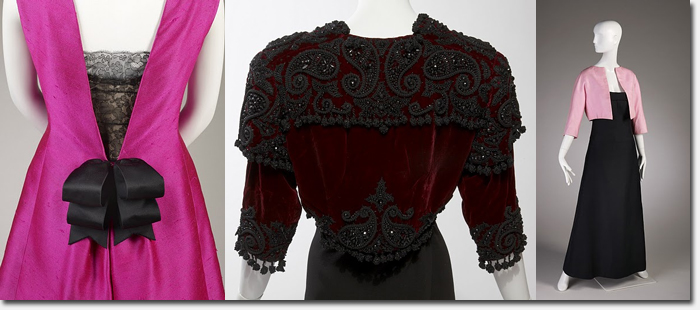
Balenciaga and Spain | March 26–July 4, 2011
Balenciaga and Spain examines the profound and enduring influence of Spain on the work of haute couture master Cristóbal Balenciaga. The impact of Spanish culture, history, and traditions is explored through the recurring themes in Balenciaga’s oeuvre and organized in the exhibition in six sections: Spanish Art, Regional Dress, The Spanish Court, Religious Life and Ceremony, the Bullfight, and Dance. Hamish Bowles, the European editor at large for Vogue will serve as guest curator. Objects are drawn from museum and private collections in France, Spain and the United States, including the FAMSF collection.
 Picasso from Musée National Picasso, Paris
Picasso from Musée National Picasso, Paris
June 11–September 25, 2011
The de Young hosts an extraordinary exhibition of more than 100 masterpieces by Spanish artist Pablo Picasso from the permanent collection of Paris’ world-renowned Musée National Picasso. The once-in-a-lifetime exhibition, made possible only because of the temporary closure of the Musée Picasso until 2012 for extensive renovations, comprises paintings, sculptures, drawings, and prints drawn from every phase of the artist’s career. The works on view demonstrate the wide range of artistic styles and forms that the artist mastered, including: La Celestine (1904), from the artist’s Blue Period; Two Brothers (1906), from the Rose Period; Expressionist studies for Les Demoiselles d’Avignon (1907); the Cubist Man with a Guitar (1911), the Neoclassical Portrait of Olga (1917), the artist’s wife; the proto-Surrealist Two Women Running on a Beach (1922); Portrait of Dora Maar (1937), the artist’s lover and famed French artist; six Surrealist bronze heads of the artist’s mistress, Marie-Therese Walter; the Head of a Bull (1942) fabricated from a bicycle seat and handlebars; the bronze Goat (1950); the six life-size bronze Bathers (1956); and the late self-portrait, The Matador (1970).
African American Art from the Deep South | Fall 2011
The Fine Arts Museums of San Francisco, drawing upon the extensive holdings of the Souls Grown Deep Foundation in Atlanta, Georgia, present African American Art from the Deep South, comprised of approximately 200 paintings, sculptures, mixed media assemblages, quilts, and drawings, as well as a full-scale re-creation of an artist’s art-filled yard. The extraordinary artists whose works are represented in this exhibition, including Mary Lee Bendolph, Thornton Dial, Lonnie Holley, Joe Minter, Purvis Young and the quilters of Gee’s Bend, Alabama, have diverse personal biographies, as well as varying degrees of education, art-related knowledge, and intentions for their artworks. However, they are representative of a generation of African Americans whose life experiences and artworks were shaped by the historical legacy of slavery and sharecropping, the institutions and strictures of “Jim Crow” racism, and the promise and fulfillment of the modern civil rights movement.
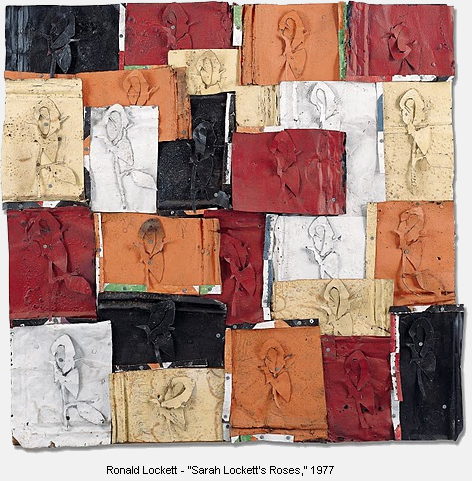
LEGION OF HONOR MUSEUM – 2011 MAJOR EXHIBITIONS
Pulp Fashion: The Art of Isabelle de Borchgrave | February 5–June 5, 2011
Belgian artist Isabelle de Borchgrave is a painter by training, but textile and costume are her muses. Working in collaboration with leading costume historians and young fashion designers, de Borchgrave crafts a world of splendor from the simplest rag paper. Painting and manipulating the paper, she forms trompe l’oeil masterpieces of elaborate dresses inspired by rich depictions in early European painting or by iconic costumes in museum collections around the world. The Legion of Honor is the first American museum to dedicate an entire exhibition to the work of Isabelle de Borchgrave, although her creations have been widely displayed in Europe. Pulp Fashion draws on several themes and presents quintessential examples in the history of costume—from Renaissance finery of the Medici family and gowns worn by Elizabeth I and Marie-Antoinette to the creations of the grand couturiers Frederick Worth, Paul Poiret, Christian Dior, and Coco Chanel. Special attention is given to the creations and studio of Mariano Fortuny, the eccentric early-20th-century artist who is both a major source of inspiration to de Borchgrave and a kindred spirit.
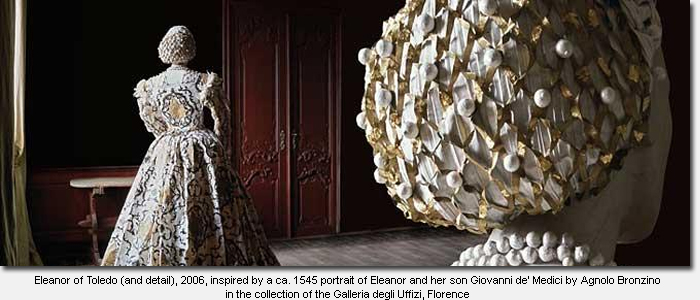
Dutch and Flemish Art Masterworks from the Rose-Marie and Eijk van Otterloo Collection
July 9–October 2, 2011
One of the finest collections of 17th-century Dutch Old Masters belongs not to a museum, but to Rose-Marie and Eijk van Otterloo, who have been called “the most important collectors you’ve never heard of.” Masterworks from this collection are constantly sought after for American and international exhibitions. Now for the first time the Van Otterloos’ marvelous Dutch Golden Age paintings are showcased together in an exhibition, debuting in the Netherlands at the Mauritshuis (the Royal Picture Gallery in The Hague) and then coming to America and the Legion of Honor. The selection of paintings includes premier examples of quintessentially Dutch subjects—from portraits and still lifes to landscapes and charming scenes of everyday life. Collectively these works chronicle a 17th-century Holland that served as a model for early American society and culture. Consummate examples of the craft of painting, the works in the Van Otterloo collection are extraordinary in their beauty and in excellent condition. Famous artists such as Rembrandt, Frans Hals, and Hendrick Avercamp are featured, as are genre specialists Frans van Mieris and Gerrit Dou, whose magical Dog at Rest is so typically Dutch in its quiet intense study of a small dog curled up asleep.
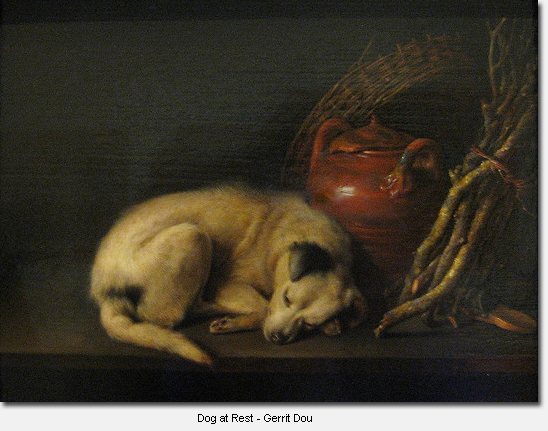
Pissarro’s People | Fall 2011
Camille Pissarro had a unique and lifelong interest in the human figure. From his earliest years in the Caribbean and Venezuela until his death in Paris in 1903, Pissarro drew, painted, and made prints featuring human subjects from every walk of life, and outnumbering the figural works of his colleagues Monet and Sisley. Pissarro’s People celebrates the painter’s humanism in all its aspects and brings together over 100 works of art including some 50 paintings and numerous works on paper made over the course of Pissarro’s entire career. Highlights include portraits of the artist’s friends and family as well as notable genre scenes set in the fields and marketplaces of rural France. Pissarro’s paintings of townspeople, peasants, and farm workers stress their individuality rather than their mythic qualities, which so preoccupied Millet, his predecessor in the agricultural figural tradition. The cast of characters represented reflects Pissarro’s equally unique engagement in contemporary political, social, and economic issues, and reconsiders Pissarro’s people within a rich contextual setting.
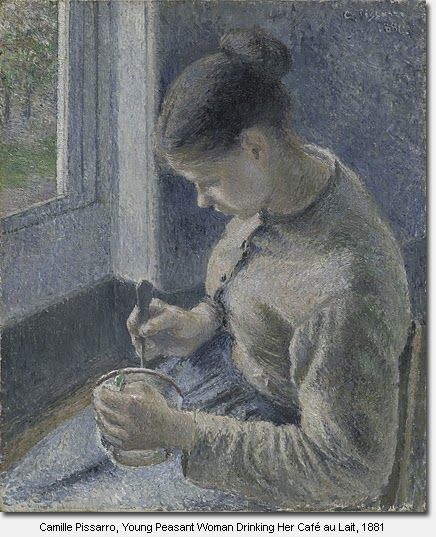
Great post. I’ll pop these on my calendar.